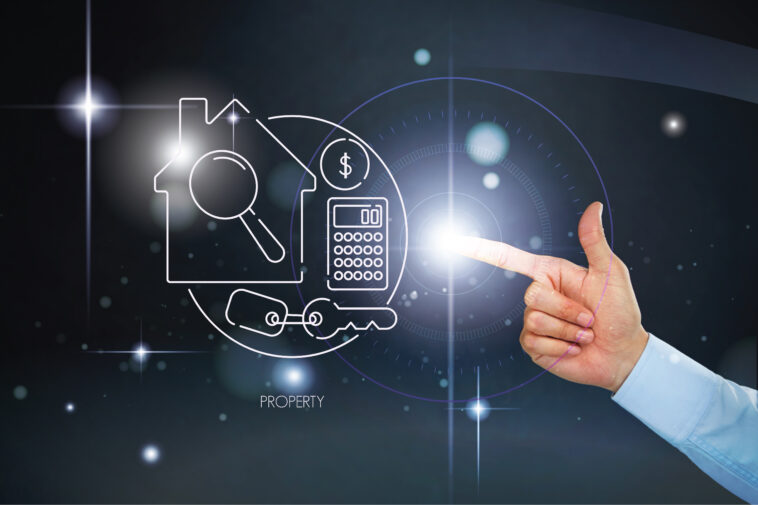How Car, Home Inflation Is Driving Up Loss Costs for Insurers
Insurance companies’ biggest concerns are homes and motor vehicles, both of which contributed most to the historic 7.5% inflation rate.
Surely that comes as no surprise.
“It’s the things that we all spend the most money on,” said CCC Intelligent Solutions analyst Susanna Gotsch during an interview.
Gotsch posts periodic updates on auto insurance claims issues. Her February trends report focuses exclusively on inflation. The CCC report came out a few days after the U.S Labor Department reported the greatest annual inflation rate since 1982, but the government has been tracking rising consumer prices all year.
According to the CCC, used car prices increased 45.2% from June 2020 to June 2021. Labor Department data shows that new car prices increased 12.2% in 2021. In the year 2021 to 2022, the government reported a 40.5% increase in used car prices.
Over the past year, the number of shelters increased unadjusted by 4.4%. Though that was a lower inflation rate than the majority of other goods, Fannie Mae, the government-backed mortgage provider, calculated that increased housing costs contributed 1.5% to the overall inflation rate since it makes up such a large percentage of overall spending.
The cost of auto insurance loss is increasing due to rising prices, according to Gotsch. Increasing replacement costs for vehicles increase the amount that can be considered a total loss, forcing insurers to pay for more expensive repairs.
Used cars are selling for more than their owners paid for the vehicles when they were new. Iseecars, a used-car sales website, listed 15 car models that are now more expensive than their original price: the Mercedes-Benz G-Class sold for $62,705 more than its original price, an increase of 35.6%.
The list didn’t include only luxury cars. Ford Bronco Sport sold for 16.4% more than its average price at new. A Toyota Tacoma sold for 12.2% more than new. According to Iseecars.com, a Hyundai Accent sold for 11.2% more than new.
The main cause of inflationary pressure, according to Gotsch, is supply chain shortages caused by COVID-19 – in this case, computer chips. According to her report, production of 11.3 million vehicles was reduced in 2021 due to shortages.
According to Gotsch, the limited supply of chips causes automakers to use the most profitable parts on their most profitable models, which lowers supply and, in turn, increases prices.
Gotsch said historically, the used vehicle market has been refreshed with a steady supply of vehicles turned in by owners whose leases expired. She said more motorists are holding onto their leased cars because they cannot afford the price of an upgrade.
In January, the National Auto Dealers Association reported that the average new car price exceeded $45,000. According to Gotsch, rising prices are making new cars out of reach for many consumers, which has pushed up used car prices even more. According to Gotsch’s report, the average used car price rose to nearly $30,000. She said cars more than seven years old experienced the largest percentage price increase, increasing 30.2%.
Most analysts predict that supply disruptions, including those in computer chip supplies, will eventually ease and reduce inflationary pressure over time, but it will take some time. During the rest of the year, auto insurers can expect to continue seeing the greatest increase in used car values since Superstorm Sandy in 2012.
There is a similar inflationary pressure on property insurers as well.
The National Association of Home Builders reported in November that residential construction goods prices increased 0.8% in October, after declining in the two previous months. The price of building materials has risen 12.2% year to date, after rising 4.5% during the same period in 2020.
Prices have also fluctuated. According to the NAHB report, lumber prices peaked in June at $1,500 per 1,000 board feet, dropped to $400 in September and jumped to $1,200 by Feb. 4.
Prices are already driving premium increases. According to CRC Group, property insurance renewal costs increased 16% in December. 84 percent of policyholders saw their premiums increase, according to the wholesale and specialty brokerage.
TOPICS AUTO INSURANCE PROFIT LOSS PERSONAL AUTO HOME INSURANCE
About Jim Sams
Sams is editor of ClaimsJournal.com, the online resource and daily newsletter for property/casualty insurance claims professionals. ClaimsJournal is a member of the Wells Media Group. Sams can be reached at [email protected]



